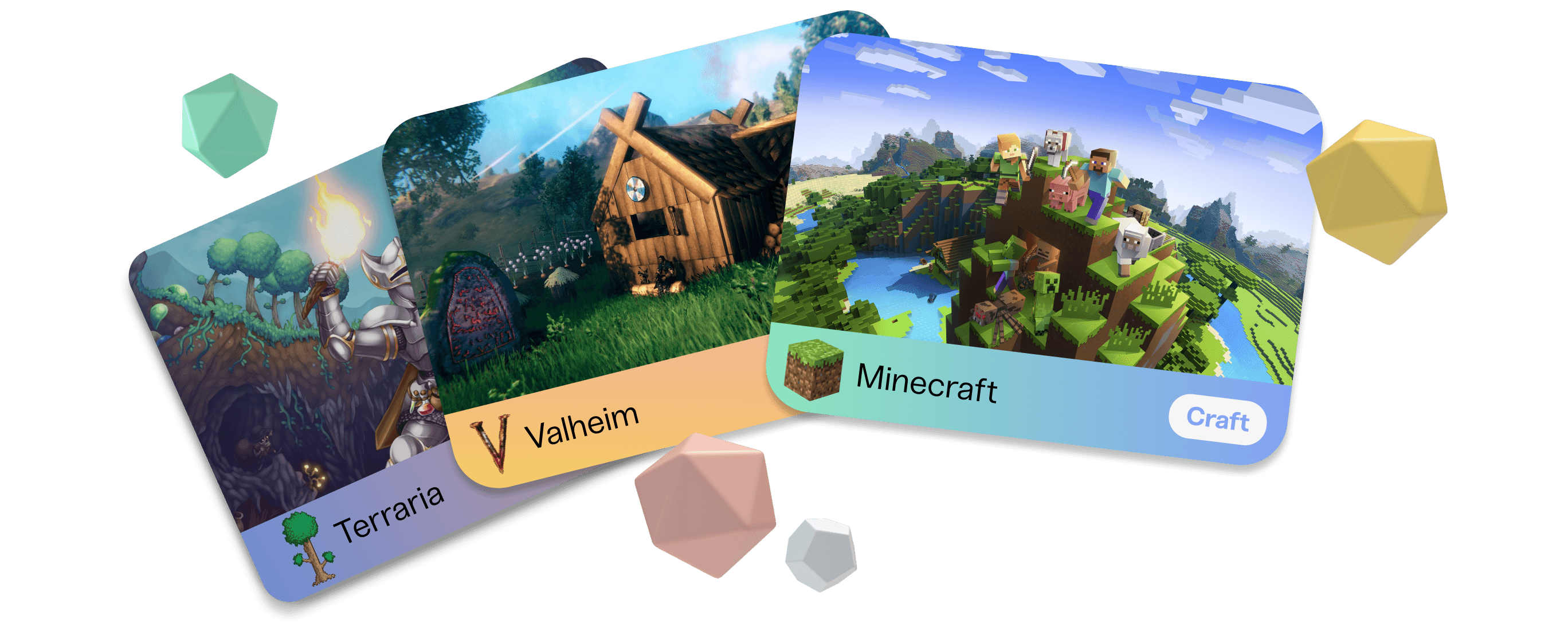
 Christopher R. RiceJan 12, 2024
Christopher R. RiceJan 12, 2024The video game industry is marked by a distinct contrast between indie games and AAA titles, each occupying a unique space in terms of development, impact, and creativity. This dichotomy offers a fascinating insight into the diverse nature of gaming as an art form and commercial enterprise. It’s more than a matter of budget (though that does come into it), it’s also a matter of style.
Development: Scale, Budget, and Flexibility
AAA games are akin to blockbuster movies in the gaming world. Developed by large studios with significant resources, these games typically boast high production values, including advanced graphics, top-tier voice acting, and extensive marketing campaigns. Studios like Ubisoft, EA, and Activision invest millions in these projects, aiming to produce polished and visually stunning experiences. The development cycle for AAA titles often spans several years, involving large teams of specialists.
In contrast, indie (independent) games are developed by smaller teams, sometimes comprising just a single individual or a small group. With lower budgets and fewer resources, indie developers often rely on creativity and innovation to stand out. Tools like Unity (though Unity has been trying to pull some shenanigans lately) and Unreal Engine have democratized game development, allowing indie developers to create high-quality products with limited resources. Indie games often have shorter development cycles, enabling quicker release and adaptation to player feedback.
Impact: Market Presence and Cultural Influence
AAA games dominate the market in terms of sales and visibility. They are often flagship titles for consoles and have a significant impact on gaming trends and culture. For instance, games like "Call of Duty" and "Grand Theft Auto" have not only achieved immense commercial success but also influenced the direction of the gaming industry.
Indie games, while smaller in market share, have a substantial cultural impact. They often introduce fresh concepts and experimental gameplay, influencing the industry creatively. Titles like "Minecraft," "Stardew Valley," and "Among Us" started as indie projects and became cultural phenomena, showing that indie games can achieve widespread popularity and commercial success.
Creativity: Innovation vs. Formulaic Approaches
One of the most striking differences lies in the realm of creativity and innovation. Indie developers, unconstrained by the commercial pressures often faced by AAA studios, can take more risks. This freedom allows for more experimental and niche games, pushing the boundaries of the medium in terms of themes, narratives, and gameplay mechanics. Games like "Braid," "Limbo," and "Undertale" exemplify how indie games can explore unique artistic visions and unconventional storytelling.
AAA titles, in contrast, tend to adhere to successful formulas, prioritizing proven mechanics and genres that guarantee a return on investment. While AAA games often set benchmarks in terms of technical prowess and graphical fidelity, they can sometimes lack the creative risks seen in indie games. However, this is not to say that AAA titles lack creativity; many push the boundaries in terms of scale, immersion, and storytelling, as seen in games like "The Witcher 3" and "Red Dead Redemption 2."
Audience Engagement and Accessibility
The audience engagement and accessibility between indie games and AAA titles also vary. Indie games, with their lower price point and availability on various platforms, including mobile devices and PCs, can be more accessible to a broader audience. They often foster strong communities and have a direct line of communication with their developers, leading to a more engaged fan base.
AAA titles, with their high production values, attract a wide audience but can be less accessible due to higher pricing and hardware requirements. The scale and spectacle of AAA games often appeal to hardcore gamers seeking high-quality graphics and expansive game worlds.
Risk and Reward
The risk-reward scenario for both indie and AAA titles is markedly different. AAA games, with their massive budgets, carry a high financial risk. A failed AAA title can be a significant loss for a studio. Indie games, with their lower development costs, have less financial risk but face the challenge of standing out in a crowded market.
Final Thoughts
The contrast between indie games and AAA titles in the video game industry highlights the diverse nature of gaming as both an art form and a commercial venture. Indie games, with their emphasis on creativity, innovation, and risk-taking, offer fresh and diverse experiences that challenge conventional gaming norms. AAA titles, with their focus on high production values and proven gameplay formulas, deliver polished, immersive experiences that push the boundaries of technical and narrative possibilities.
Both types of games are vital to the vibrancy and health of the gaming ecosystem. They cater to different segments of the gaming community and collectively contribute to the advancement and evolution of the medium. As the gaming industry continues to grow, the synergy between indie creativity and AAA production will undoubtedly lead to new and exciting developments in the world of video games.

Play on Haptic
Try for free


